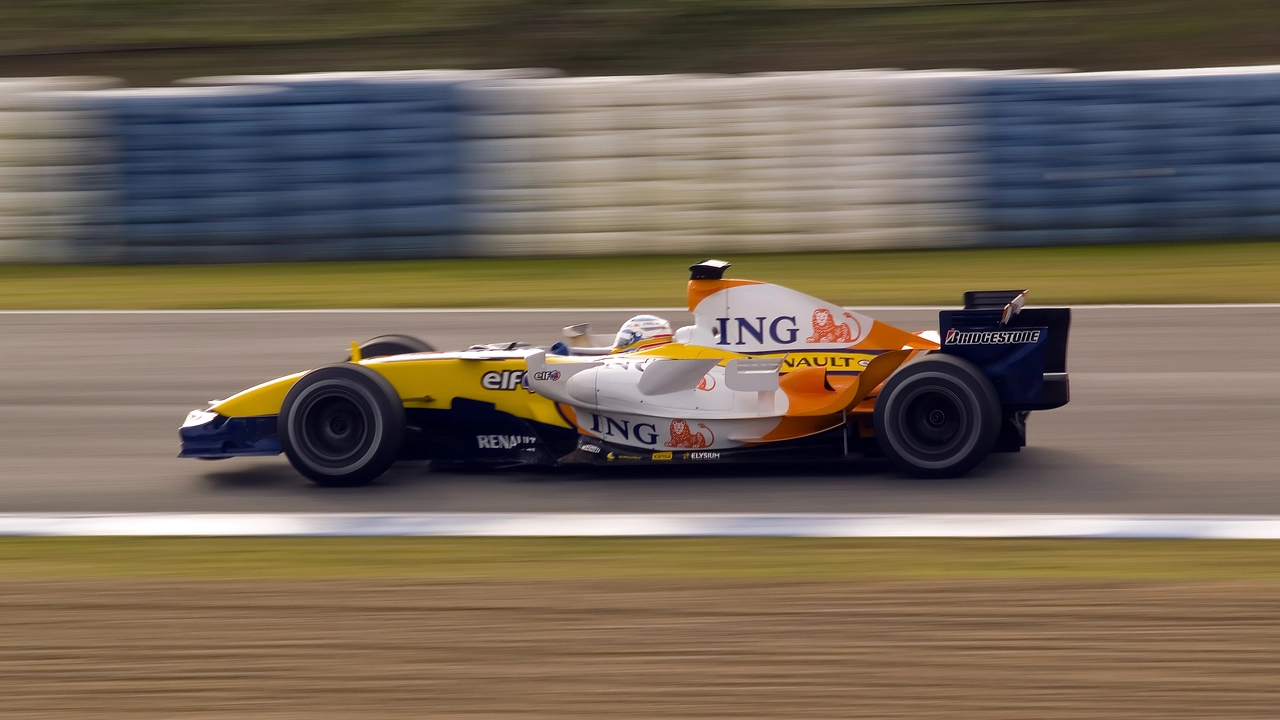The Essence of Open-Wheel Racing
In the world of fast cars, high stakes, and adrenaline pumping action, choosing between IndyCar and Formula One as the superior open-wheel racing competition is like choosing between a chocolate eclair and a New York cheesecake - they’re both heart-racingly exhilarating in their own right. So, brace yourself for a turbo-charged journey to explore the thrilling nuances that these two motorsport giants offer.
Scorching the Track: Power and Speed
Both IndyCar and Formula One cars share a similar DNA - they’re lean, mean, high-performance machines capable of speeds that would terrify most of us. In terms of sheer power, IndyCar vehicles pack in about 700-750 horsepower with their twin-turbocharged V6 engines, while Formula One cars fall in the range of 850-900 horsepower with their V6 turbo hybrids. Interestingly, while Formula One cars have slightly more power, IndyCars are faster on straight tracks, touching speeds upto 235mph. The difference here lies in the aerodynamic philosophies of the two. Formula One gives precedence to downforce, increasing grip but at the cost of drag, while IndyCar focuses on less drag, permitting greater speeds on straightaways. This comparison turns interesting when we realize that the power and speed aren't everything, but how they're used is what defines the thrill of the race.
Cornering : More than Just a Turn
The art of cornering in open-wheel racing is a fascinating blend of defying physics and extreme precision - almost like performing ballet at 200 mph. And this is where Formula One truly shines. Their superior aerodynamics allow the cars to hug the track and take corners at ungodly speeds. IndyCars, while no slouch in the corners either, just can’t pull off the same intense cornering speeds due to their emphasis on straight line speed and overtaking. The joy of watching a Formula One car dance around a tight chicane at almost full throttle is an indescribable delight.
A Test of Skill: The Drivers
Being an open-wheel racer is not for the faint-hearted. It takes incredible skill, concentration, and an uncanny ability to make split-second decisions at crazy speeds. Now, speaking about race drivers, Formula One arguably has some of the most recognized faces in motorsport history. Names like Ayrton Senna, Michael Schumacher, Lewis Hamilton, and most recently, Max Verstappen, have become synonymous with pinnacle racing. IndyCar too boasts its fair share of legends like Mario Andretti, Scott Dixon, and A. J. Foyt among others. Both competitions present a demanding battlefield, however, their format and circuits bring different skill sets to fore.
What's in a Circuit?
Indeed, what's in a circuit? A lot, as it turns out! Formula One boasts a stunning variety of racing circuits, from the intoxicatingly fast Spa Francorchamps and Suzuka to the glamorous streets of Monaco. These are usually defined by their technical difficulty and require a masterful control over the car. IndyCar, on the other hand, mostly runs on oval tracks. These may lack the variety and glamour, but they introduce an entirely different dynamic, where the drivers are constantly on the edge, making for some jaw-droppingly close and intense races. They also mean more overtaking, a lot more, which can be exhilarating.
The Thrill of the Chase: Race Formats
Race formats in both IndyCar and Formula One are intriguing and come with their own brand of excitement. Formula One starts with a standard grid position, as determined by qualifying. The strategic elements like pit stops, tire choices and weather constraints make Formula One races a game of intense strategy. No discussion about racing formats can be complete without mentioning Formula One's infamous Monaco race. Oh, and who could forget the wave of anticipation at the start of every Indy 500—the single greatest spectacle in racing! The rolling starts, the daring overtakes, the sheer unpredictability—full throttle entertainment from flag to flag.
Fan Engagement: Feel the Roar of the Engine
Both IndyCar and Formula One take fan engagement seriously. Formula One's approach is more global, focusing on extravagant races in glamorous locations. The sport also has a notable digital presence, with innovative broadcasts, engaging online content and an enormous social media following. IndyCar, while being more North America-centric, delivers an incredible at-track fan experience with spectators often getting close access to pits and drivers. The sport might not have the social media presence of F1, but it definitely offers a more hands-on and family-friendly atmosphere.
Deciding the Victor: Judging the Competition
So, have we reached a verdict between IndyCar and Formula One? Truth be told, as a lifelong racing fan, I'd have to say it's hard to pick a clear winner. Much like the drivers on those high-speed circuits, every fan has their own line, their own favourite. And that's the beauty of it. Both IndyCar and Formula One can offer high-octane thrills, intense competition, and the sweet, sweet sound of engines pushing the very limits of speed and power. The choice between them? Well, it's as riveting as the race itself.
And to drive this point home, let me share a personal anecdote. I was lucky enough to witness the 2017 Indy 500 in person. The buzz, the roar of the engines, the sheer magnitude of the event, it was spine-chilling. And later that same year, I witnessed the Formula One race at Silverstone, UK. The technical mastery, the speed, the strategic nuances—it was an entirely different, yet equally captivating, experience. It serves to highlight that there's no flat-out winner in this comparison. Each brings something unique to the motorsport world, and as fans, we’re lucky to have the diverse flavors of both in the grand arena of racing.
